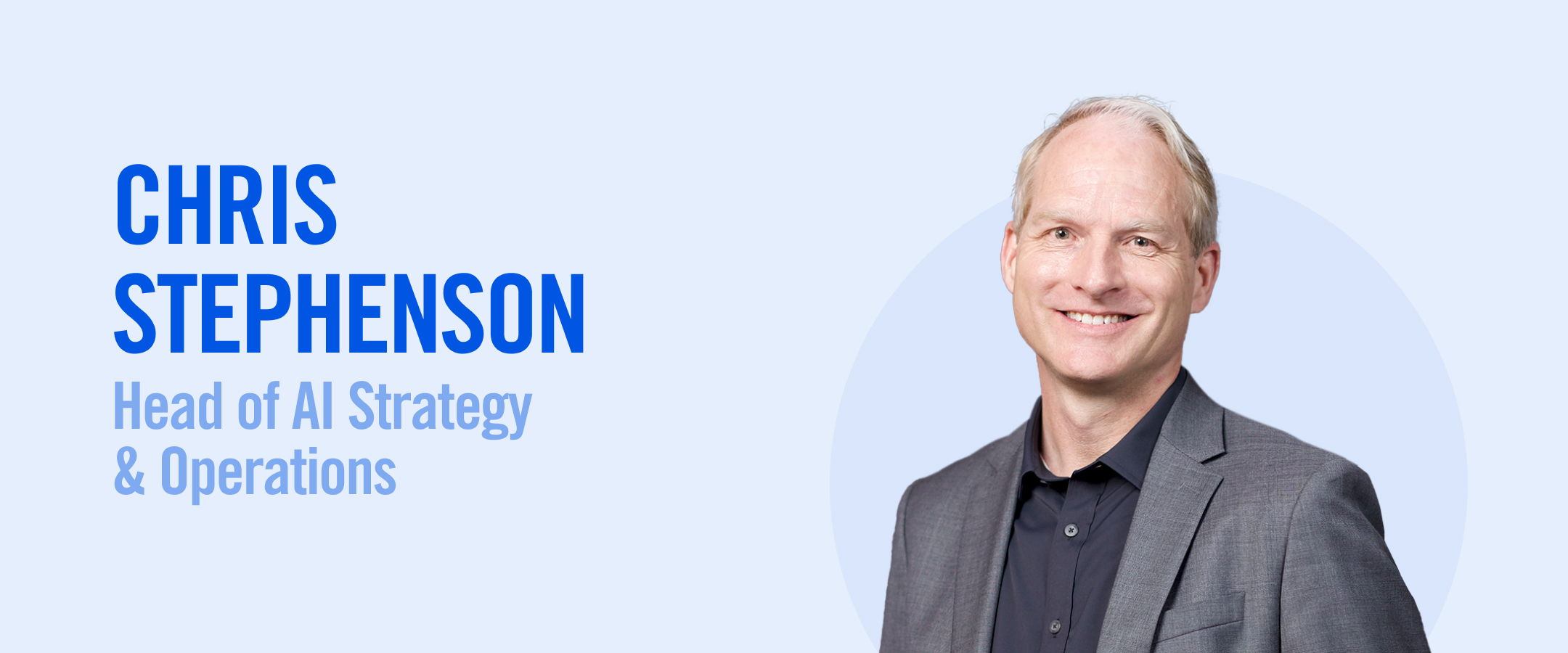Blogs
Xplore_AI: Water, water everywhere
Written by: Chris Stephenson

 XPLORE_AI: Water, water everywhere - April 2024
XPLORE_AI: Water, water everywhere - April 2024
‘Water, water everywhere, and not a drop to drink.’ This famous line from the Samuel Taylor Coleridge poem, The Rime of the Ancient Mariner, illustrates the irony and anguish of being desperately hot and thirsty whilst being surrounded by nothing but ocean. It stands as a poignant metaphor for life in the digital world, where we yearn for knowledge and understanding in an endless sea of data. The comparison is even more interesting when you realize that while 97% of Earth’s water is undrinkable salt water, 93% of the world’s data is unstructured. The parallel is remarkable. And while this conundrum amounts to a mere inconvenience for us on a personal level, the implications for corporations and governmental institutions are profound.
First, this means that most of the data created has, trapped inside it, a hidden treasure trove of valuable intelligence that may never see the light of day, be it customer or competitor insights, innovative concepts, decision support, or case-solving evidence.
Secondly, this lack of insight blinds organizations to issues of data quality, privacy, security, and compliance risks, as well as hidden operational costs and inefficiencies. This is especially true of highly regulated, complex, or geographically dispersed organizations that deal with massive amounts of sensitive data; think legal services, law enforcement, financial services, or healthcare providers.
Thirdly, data volumes continue to climb with increasing velocity. I will avoid citing the requisite eye-popping statistics here because it is a tired cliché and ultimately meaningless. Suffice to say, data is skyrocketing unabated across the globe, driven by the proliferation of devices and apps, the ubiquity of broadband access, and the commoditization of cloud storage. And as noted above, the vast majority of newly created data is unstructured (documents, social media, text messages, chat logs, video etc.), making it difficult and time consuming to organize, interpret, and make use of.
Like the plight of the Ancient Mariner, we have an over-abundance of data at our fingertips, but frustratingly we cannot readily extract knowledge or actionable insights from it. We need a way to make our data ‘drinkable’. Fortunately, thanks to advancements in AI and Natural Language Processing, there are emerging tools and techniques to address this problem head on.
Data Desalination
Extracting meaning and relevant insights from natural language is like taking the salt out of seawater…not a small task. At the root of the challenge is the nature of human language, which is complex and riddled with nuance and inconsistencies. Most solutions on the market rely heavily on outdated methods like keyword matching and regular expressions (regex). While these are useful in some situations, they fall dreadfully short when it comes to the automated comprehension of human language because they lack contextual awareness and semantic acuity. Over the last year some providers have begun touting the use of Generative AI-powered offerings such as ChatGPT or Google Gemini to work around the problem. This approach comes with numerous pitfalls including data privacy and IP concerns, inconsistent accuracy, and cost. Most importantly, generative AI is not designed to make large amounts of data understandable, but rather to generate new content from human queries. In short, if we’re going to get off this ship alive, we’re going to need a better approach.
Data desalination at scale is only possible using a sophisticated blend of cognitive AI and forensic-grade indexing in a well-orchestrated, multi-stage filtering and enrichment process. Using this approach converts unstructured data lakes into crystal-clear data reservoirs. Imagine having granular insight into your data by record type, subject, sentiment, and risk level, or even the complex relationships among them. One customer recently experienced this firsthand, reducing an 8-week process to 16 hours. Another reduced the false positives in their breached data analysis by 95%, and yet another cleared their entire backlog in under three months. It all starts with deep data awareness.
Regardless of industry or use case, knowing your data is emerging as a compelling differentiator, risk mitigator, and business driver. Organizations that proactively operationalize their valuable data, locate and mitigate their risky data, and remediate their non-strategic data will have a distinct competitive advantage over their rivals in the coming months and years. Those who don’t risk missing the boat.
Ultimately, we are all navigating the same frothy seas, so we understand that the data challenge can feel like an albatross around your neck. But with more than 20 years of experience building and deploying data intelligence products and solutions across the globe, the team here at Nuix is always eager to help with solutions, guidance, or support. In the interim, heed the lessons learned from the Ancient Mariner, bring plenty of extra water… and sunscreen (and a satellite phone wouldn’t hurt either).
As we work to solve our customers’ data challenges, I recently shared more about Nuix’s Responsible AI solutions during a webinar with Grant Thornton. If you would like to learn more, you can view via this link.
Chris Stephenson
Head of AI Strategy & Operations












